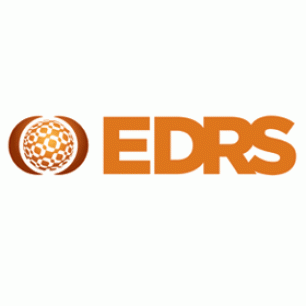Key findings
- 686 participants took part in the EDRS in 2013. Criteria was broadened for all states to include regular (six separate occasions of use) of any psychostimulant to recruit regular psychostimulant users (RPU) rather than the previous EDRS criteria of regular ecstasy user (REU).
- Participants were primarily recruited through word-of-mouth and street press.
- Preference for ecstasy has stabilised with 2012 figures.
- Cocaine significantly decreased in relation to preference.
- Whilst the most popular form of ecstasy consumed on a regular basis is pills (tablet form), there has been an increasing trend in the use of capsules and MDMA crystal.
- Methamphetamine recent use saw a significant decrease in use across all forms (speed, base and ice/crystal), with no definitive market changes to explain this.
- Hallucinogen LSD and ketamine has significantly increased in recent use in 2013; although frequency remains low.
- Cannabis and tobacco were two of the most commonly used drugs in the sample. Daily tobacco use saw a significant decrease in proportion.
- EPS use continues to grow as a class of drug, with 2CB and 2CI seeing significant increases in use. However, frequency of use of this class remains at low levels.


